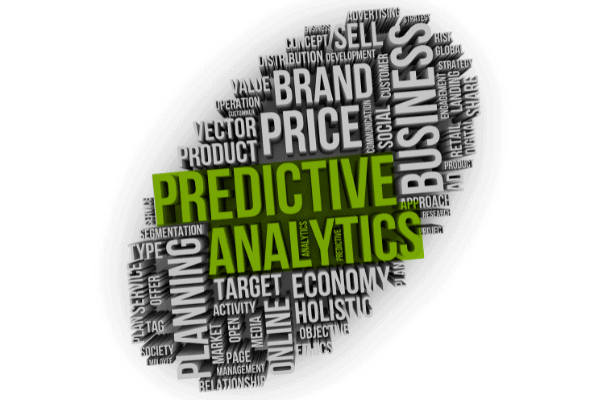
Skai’s configurable data platform empowers organizations to surface timely, actionable insights from a wide range of external data sources. This is the cutting edge of analytics.
Next-gen technologies like this wouldn’t be possible without the work of very talented and dedicated innovators working behind the scenes to turn once-unimaginable functionality into business reality. Leading these efforts is our VP of Research & Development, Yoram Landau (connect with him on LinkedIn here).
We had a chance to chat with Yoram about how he approaches the underlying machine learning and artificial intelligence technologies that drive the Skai platform (a “smart big data” platform, as he calls it), as well as the path that led him to his current role.
Why are companies interested in using external data?
Data can be used to drive better decisions. External data allows companies to learn about all the things the company didn’t know — including all the things they didn’t know they didn’t know. However, external unstructured data is also one of the most challenging types of data set when it comes to surfacing actionable insights. Unstructured data is always complex. External data is always complex. The combination of the two makes it very hard to process but delivers enormous value.
How does the Skai platform make sense of all the different types of data that are out there?
There are a lot of different AI components that are being used to extract context from different types of data. It’s usually going to be a combination of Natural Language Processing (NLP) and Machine Learning (ML) algorithms, but we also use some human-guided domain expertise to fine-tune and validate our models.
We have a proprietary NLP algorithm based on some standard algorithms, but significantly enhanced and modified for our purposes. Then we apply an expert-curated, domain-specific taxonomy in order to extract context pertinent to whatever category we’re working in.
What was the career path that led you to become the VP of R&D for Skai?
I got my Bachelor’s degree in computer science in Israel, and I received my Master’s in the U.S. I spent the first 10 years after graduation in California working with different large corporations, including Sun Microsystems and Silicon Graphics.
Afterward, I returned to Israel and took on more leadership positions. Probably my most significant role was with Orbit Worldwide, the travel company. I managed their development center in Israel where we built significant parts of the online travel platform. After that, I came here to Skai.
Why did you decide to pursue AI-powered analytics?
For me, coming from the engineering world and, you know, being an analytical person, I saw a lot of potential in this area. I’ve spent many years working with engineering challenges around data. I saw the opportunities that exist around using“smart big data” platform AI to address those challenges. That was really exciting for me.
I like to think of Skai as a “smart big data” platform. Smart is mostly driven from AI-related activities we do here. When you want to achieve high accuracy at scale using the different types of data that we do, you have to use AI.

What are your goals as the head of R&D for Skai?
So, what we want to do here — and we’ve actually done significant parts of this already — is build an infrastructure into which you can feed any type of unstructured data at any scale and it will automatically extract context with high accuracy. The end result is a smart data lake that can be connected across different data types, which customers can use to surface insights and predictions via our different configuration capabilities or via direct access to the data lake.
What challenges are your team currently working on?
It’s difficult to automate the processing of context extraction from different types of external, unstructured data. In order to scale these efforts, you have to standardize your data processing, because it’s much easier to automate when everything is standard. But once you standardize data processing, you lose flexibility. And when you lose flexibility, you lose quality.
At Skai, we remove the choice between deep and meaningful insights and automation by being able to fully process multiple unstructured data types at scale and extract context that is relevant to a particular product category or therapeutic area.
What do you see as the future for AI-powered advanced analytics?
The future is more scale and higher accuracy around discerning sentiment and context across more product categories and verticals. Achieving high accuracy at scale — that’s definitely our future with AI, and it’s going to mostly involve NLP, ML, and image processing. Prediction is another huge thing that we do here in the AI field, and this involves technologies like neural networks and deep learning.
Name a technology that you’ve encountered at any point and made you think ‘wow, I’m really living in the future.’
I would say either virtual reality or autonomous cars, one of those two. Those two are really fascinating.
————————————–
*This blog post originally appeared on Signals-Analytics.com. Kenshoo acquired Signals-Analytics in December 2020. Read the press release.





